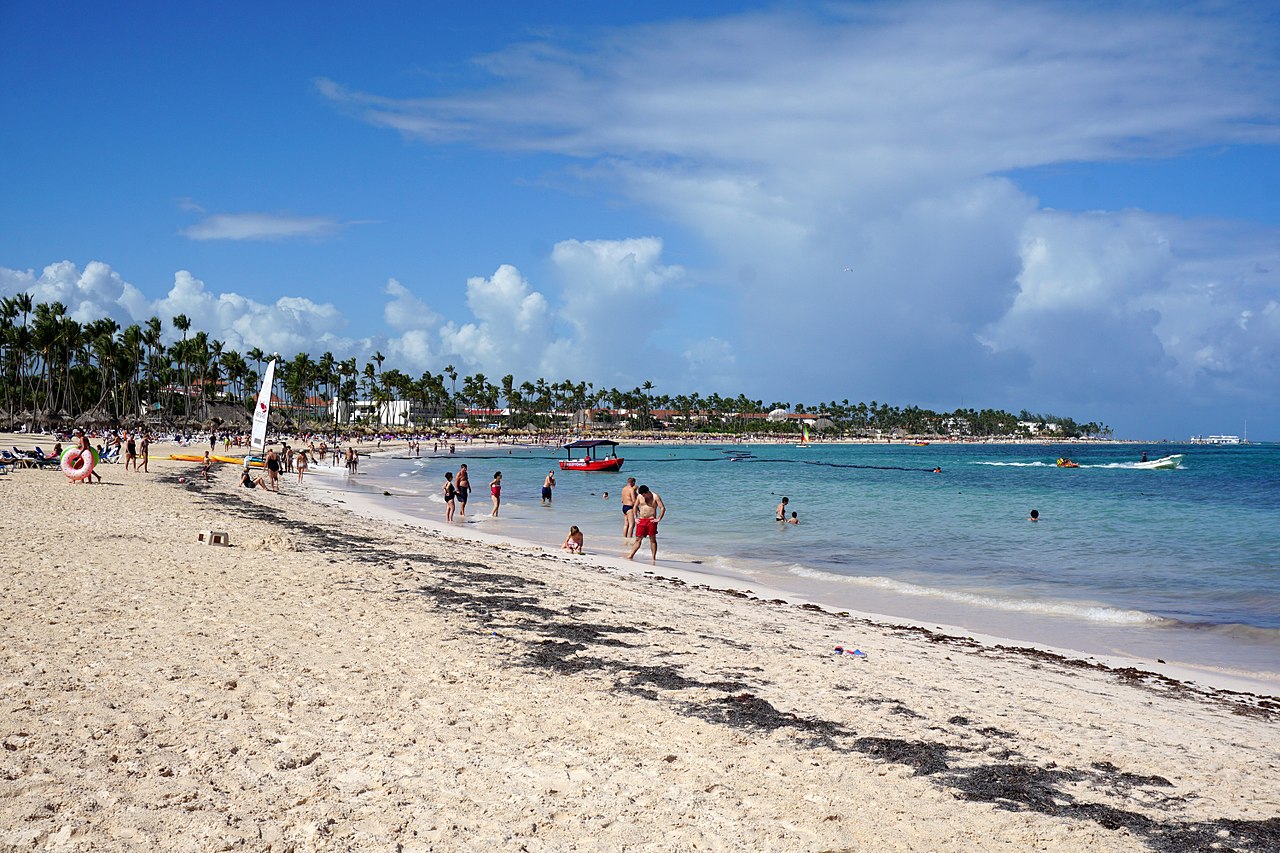
Punta Cana is one of the tourist destinations most popular in the world. Made up of ninety-five kilometers of coastline east of the Dominican Republic, It has spectacular beaches of fine sand and turquoise blue waters, as well as a privileged climate.
However, until the XNUMXs, Punta Cana was an almost impenetrable wild jungle area. From that time he has managed to preserve many of his natural wonders that are combined with the numerous hotel complexes built on their land. As if all its attractions were few, it is only a three-hour drive from the beautiful city of Santo Domingo, capital of the country, where you also have a lot to see. If you want to discover what to do in Punta Cana, we encourage you to continue reading.
What to see and do in Punta Cana
Both in the geographical area of this town, which occupies about forty-two hectares, and in its surroundings there are numerous wonders of Nature and a lot of fun. To enjoy all this, you can be guided by the ideas that we are going to propose.
Los Haitises National Park
Once you have settled in Punta Cana, you can start your visits through this park in which the lower basin of the Yuna river, the most important in the country, and territories of the municipalities of loaves y savannah of the sea.
Visiting it, you will get a perfect idea of what these lands were like before the arrival of tourism. In the area stand out the hummocks, which are elevations of about forty meters caused by the karst nature of the terrain. Because of them, taino natives called the area los Haitises, which in the aboriginal language means "Mountainous lands".
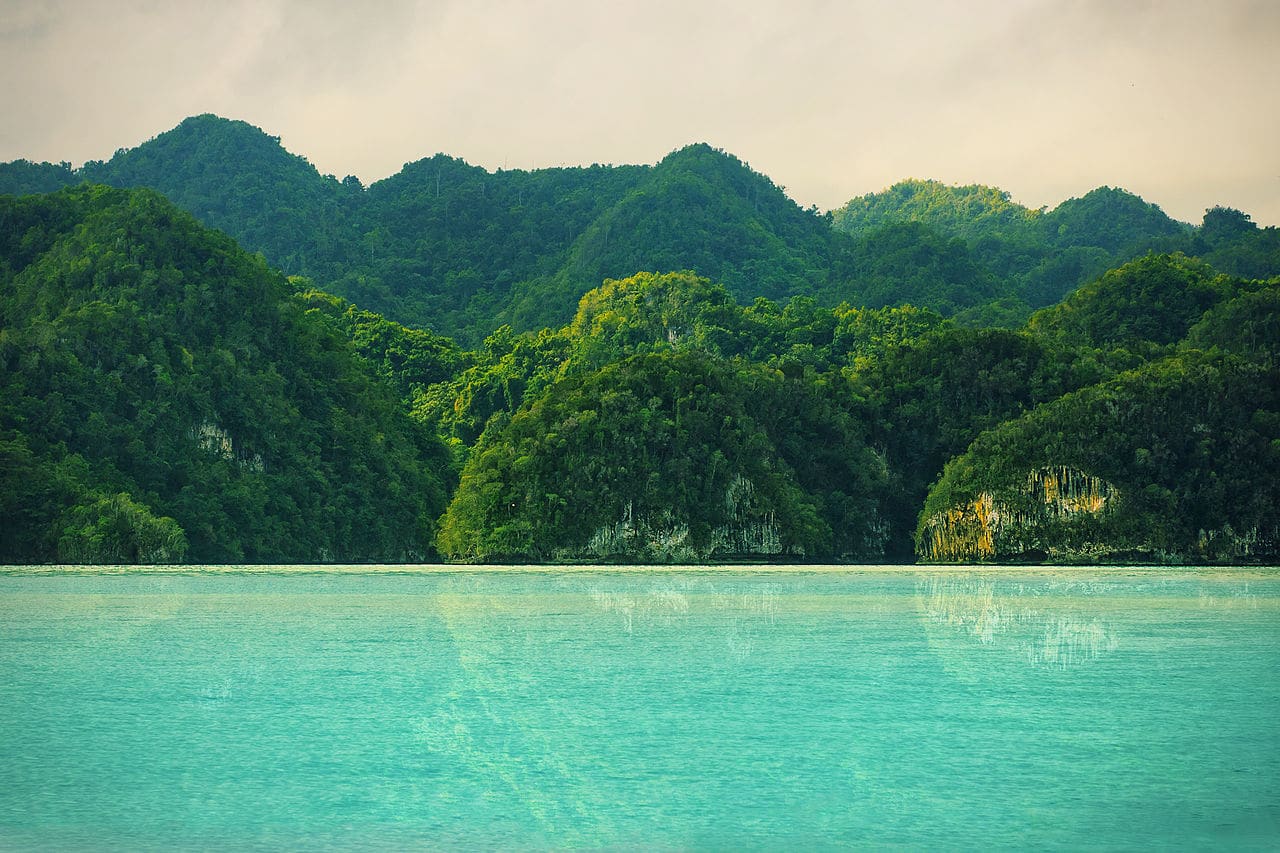
Los Haitises National Park
An organized excursion through the park will take you by boat through the mangroves and visit the caves of the area. In them the ancient Tainos lived, who left paintings on their walls. Among these cavities, those of San Gabriel, The sand, La Reina y The line. But Los Haitises also has impressive vegetation and a rich fauna in which boas and sea turtles stand out.
Saona Island
At about one hundred and ten square kilometers, it is one of the largest islands in the Dominican Republic. It is located off the coast of Punta Cana and in it you can enjoy wonderful beaches with coral reefs and forests accessible through mangroves. In addition, the island has a small fishing village who live in wooden houses. Is named Hand Juan and it is the only inhabited part of it next to the military settlement of Catuano Beach.
The Altos de Chavon
Altos de Chavón has a very different character from all of the above. This is the name of the recreation of a XNUMXth century Mediterranean villa which is due to the architect's design José Antonio Caro and the filmmaker robert coppa. Under the influence of the latter, a town of post-medieval Italy was created to which other monuments were added such as the spectacular anfiteatro Greek-style, the National Archaeological Museum, City of Artists and a cultural center.
But if the buildings are beautiful, the landscape is even more so. From the heights you will have wonderful views of the Chavón river and his own Caribbean Sea. For all these reasons, this place receives thousands of visitors every year.
Cabo Engaño and diving
We cannot make recommendations about Punta Cana and leave aside its beaches. This area, located in the so-called Coconut Coast due to the large number of palm trees it houses, it offers you nothing less than sixty-four kilometers of sand between Punta Cana itself and Bavaro Beach. All of them with fine white sands at the foot of transparent waters. It is also a perfect area for you to practice water sports such as windsurf or parasailing.
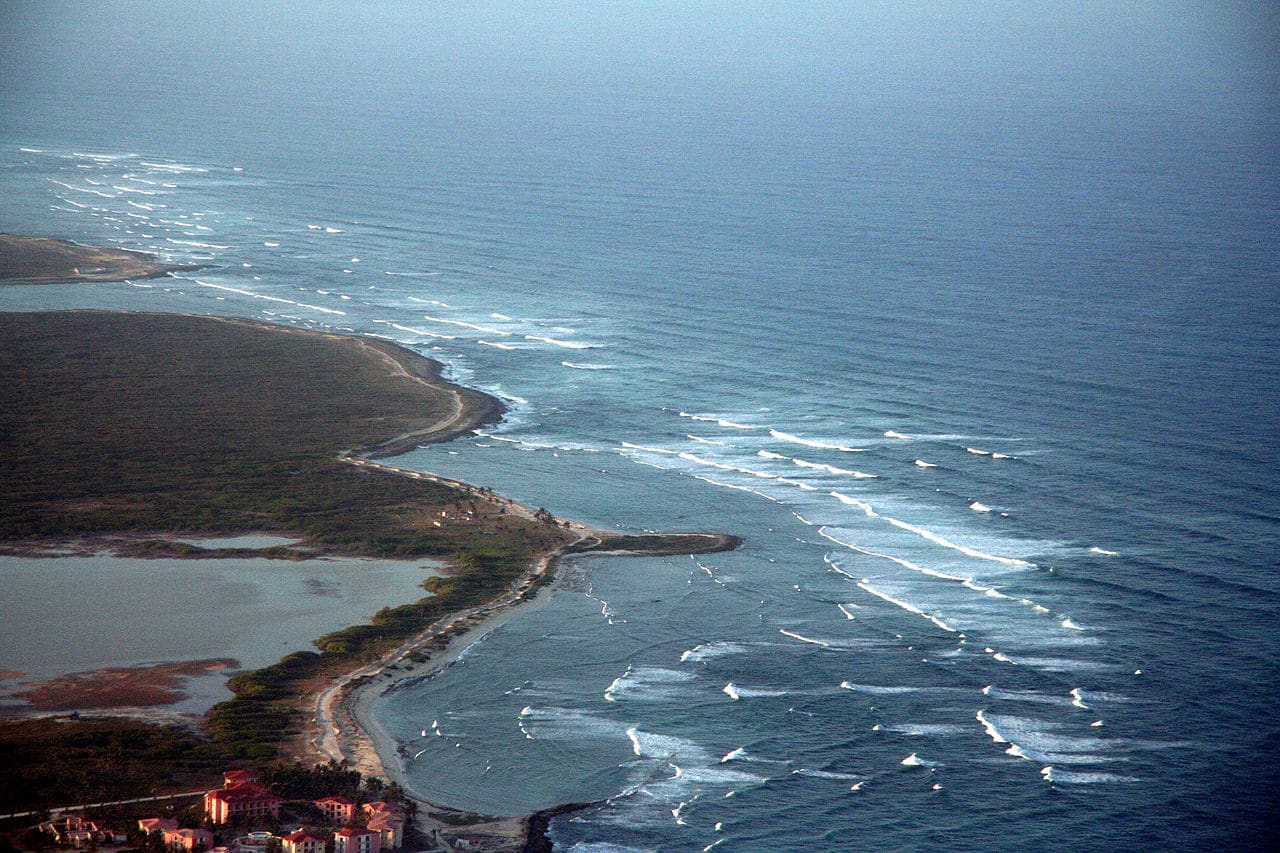
Cape Engaño
But one of the great attractions that the Punta Cana coast offers has to do with the diving. There are two perfect areas for you to practice seeing coral reefs and underwater caves. Keep in mind that these waters have a visibility that ranges between six and thirty meters depending on the weather.
One of those circuits that we advise you is precisely called La Cueva, in which you will see several of these cavities and you will share space with non-dangerous manta rays and sharks. And the other is the Monica, a ship wrecked ninety years ago with all its cargo of railway equipment and machinery for the sugar plantations.
The Indigenous Eyes Ecological Reserve, a little-known place in Punta Cana
This natural park is outside of many of the tourist circuits and yet it will amaze you with its beauty. There are six hundred hectares of mangroves, tropical forests and nothing less than twelve lakes. It precisely gets its name from these, as the natives believed that they were eyes of the jungle.
The Samaná peninsula
This peninsula is three hundred kilometers by car from Punta Cana, but you can also travel to it by plane or boat. In any case, it is worth a visit. You will find wonderful beaches, a huge jungle, islets, waterfalls and lagoons of unsurpassed beauty. Good examples of this are nice beach, Limón waterfall and islet of Cayo Levantado.
Santo Domingo
Also the capital of the country is far from Punta Cana, specifically about three hours by car. But it is a must see for anyone traveling to the area. Remember that it is the America's first colonial city and that its historic center is Heritage.
You can start your tour of Santo Domingo in the Count's Gate, a bastion that also served as access to the city, and continue along the street of the same name, one of the oldest in the capital. In fact, you can see in it style houses art decó, but also the first City Hall in America and the first cathedral built in the New World.
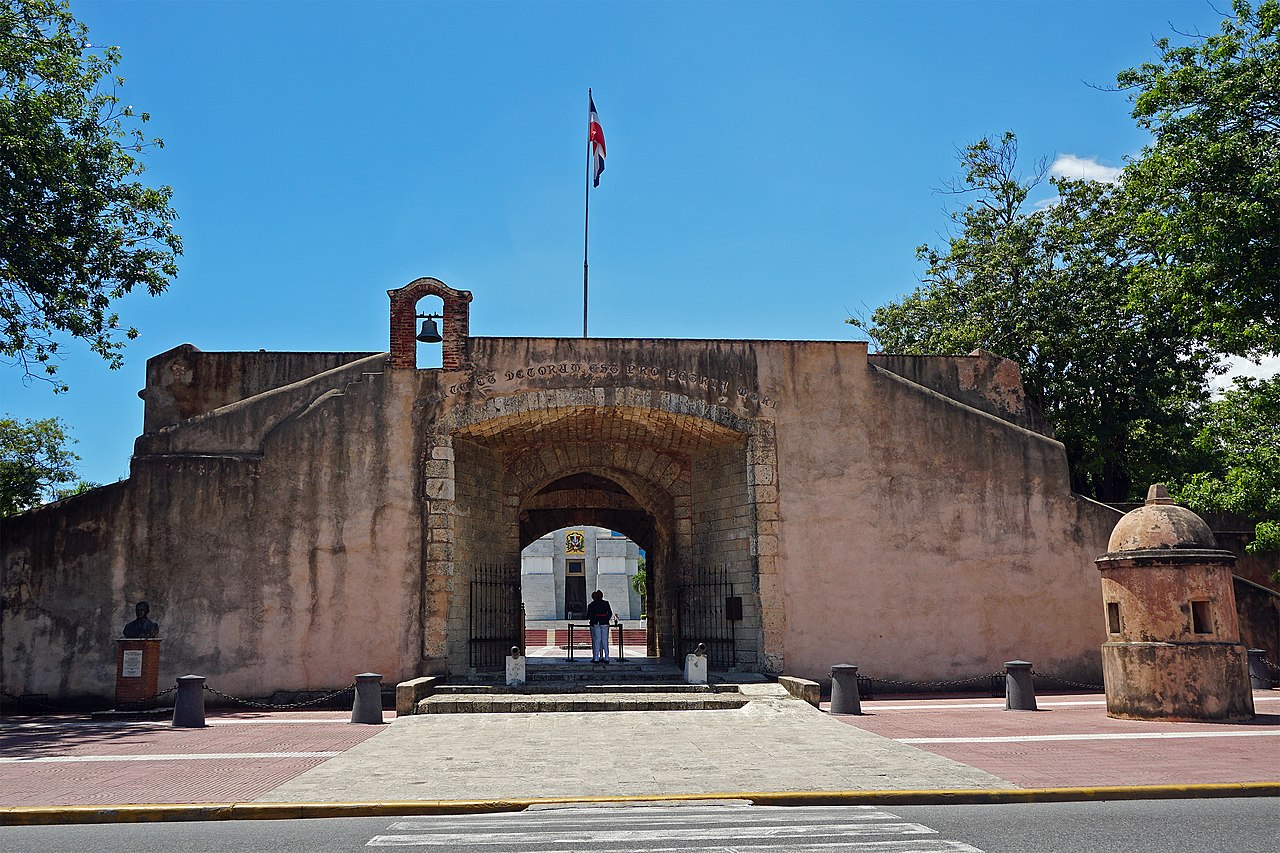
Count's Gate
This is the Minor Basilica of Santa María de la Encarnación and its construction began in 1512. It is in Gothic and is inspired by the cathedral of Seville. Inside, it houses an authentic treasure of altarpieces, paintings, tombstones and mausoleums.
Different character has the Alcazar de Colon, also known as the Viceregal Palace of Don Diego Colón for having been built by the first-born of the discoverer of America. It is mostly Mudejar Gothic although it has Renaissance elements. Later it was abandoned and, already in the XNUMXth century, it had to be rebuilt.
In turn, the Palace of the Royal Audience of Santo Domingo It was built in the XNUMXth century and housed the first court of law in the New World. It is currently the headquarters of the Museum of the Royal Houses, where you can soak up the life and customs of the first inhabitants of Hispaniola.
When is it better to go to Punta Cana
Another of the great attractions of Punta Cana is its weather. Presents an average annual temperature of twenty-six degrees, with minimums of twenty and maximums of thirty-two. Therefore, any time is good to visit the Dominican town.
However, the best dates are those between the months of January and March, although it is the high season and has a greater influx of tourists. You can also go from April to September, but it is the rainiest season. Finally, if you want peace of mind, we advise you to go between October and December.
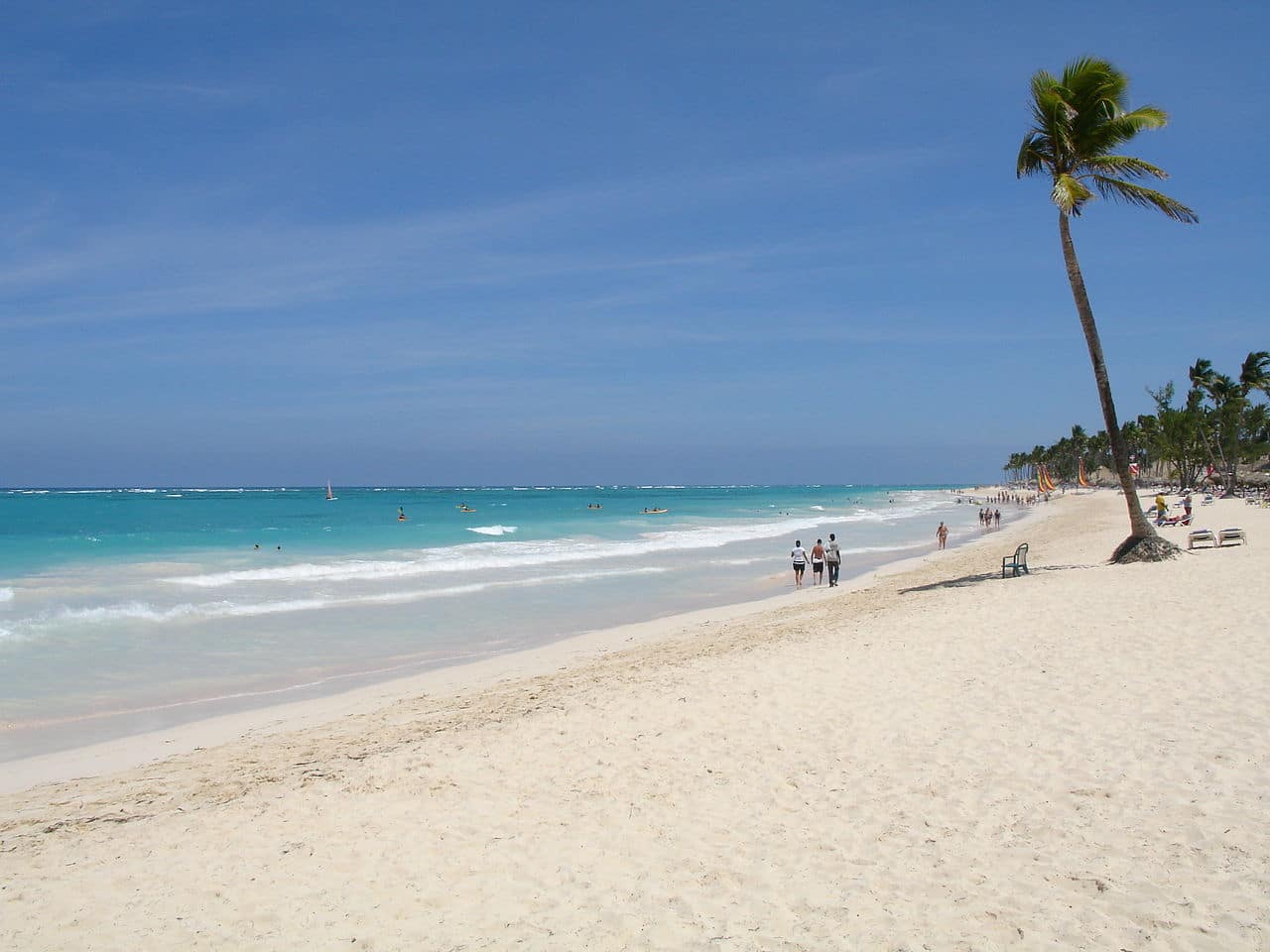
Bavaro Beach
What to eat in the Dominican town
The gastronomy of Punta Cana is the result of Taino, Spanish and African influences. It is based on products such as rice, potatoes, fish, plantains, cassava or tapioca.
With them recipes such as sancocho, very typical in the area, which is prepared with meat from various animals, banana, yucca, potatoes and coriander along with other ingredients. We also recommend the grouper to creole (with tomato sauce) or to the devil (with the same sauce but spicy); the flag, which has rice, meat, salad, beans and fried banana; the moro, which is prepared with meat or cod, beans and rice, or the dull, a chicken soup, tomato, rice and, occasionally, seafood.
To drink, you have magnificent natural juices of native fruits. But more typical is the mabi, which is made from the bark of the tropical vine. For its part, mamajuana it is prepared with rum, cinnamon and sweet cloves.
Finally, as for desserts, you have the stupid, a sweet cream that is prepared from sweet corn; the halao, a ball that has coconut, honey and ginger and that is eaten cold, or the corn cake, a cake made with cornmeal and coconut. But more popular still are sweet beans, which have milk, raisins and sugar.
How to get to Punta Cana
El Punta Cana International Airport It is the most important in the country and flights arrive from all over the world, many of them from Spain. Therefore, it will be very easy for you to find a place to travel to the beautiful Dominican town.
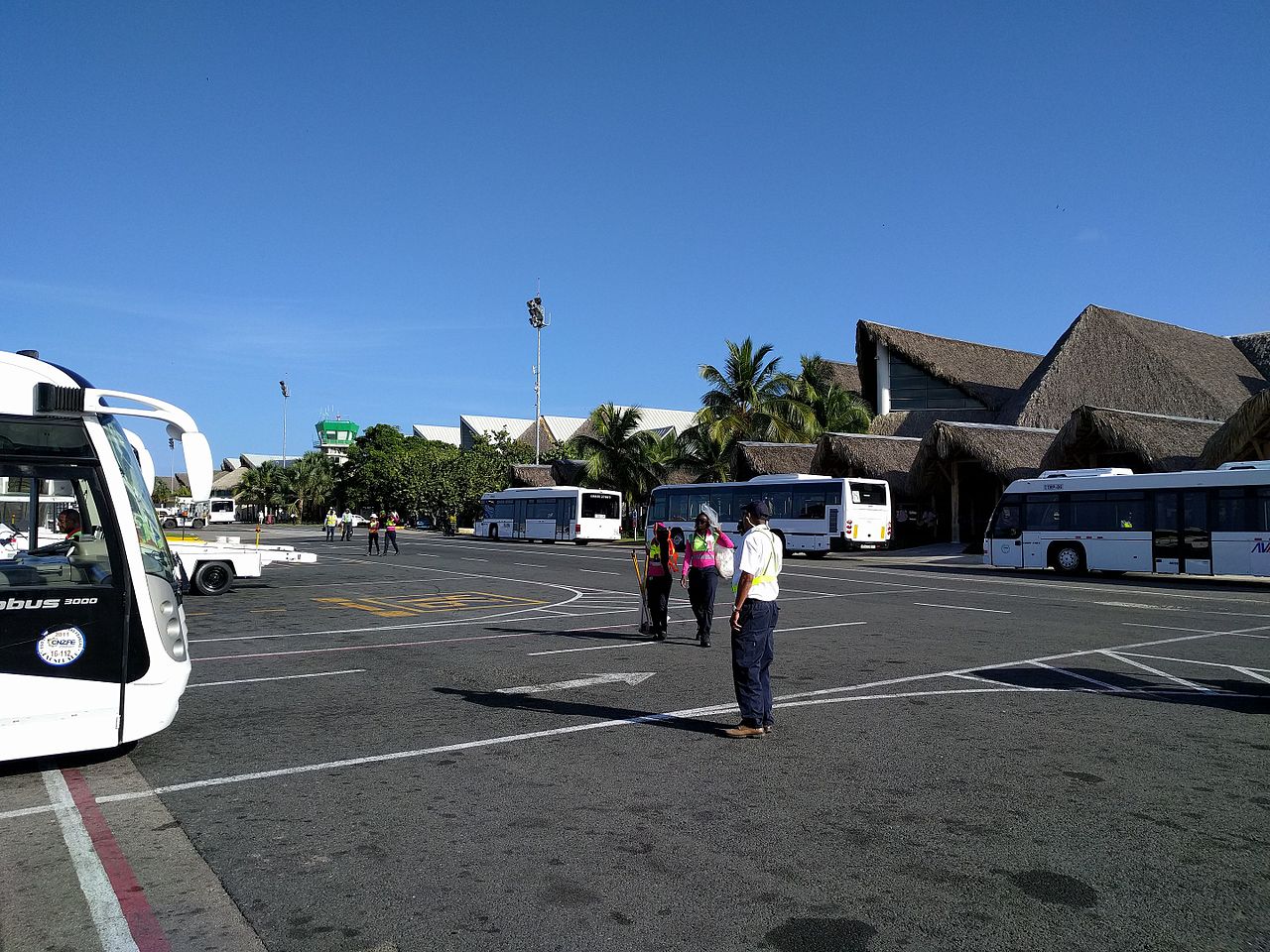
Punta Cana International Airport
Once in it, the best way to move around is the buses or buses. But keep in mind that they do not have fixed stops, so you must tell the driver where you want to get off or simply yell "Under!" when you want to. You also have the "Flying", which are vans that make, more or less, the same routes.
However, we do not recommend taxis, as they are quite expensive. For short tours, you can take the "Motoconchos", which are nothing other than motorcycle cars. However, the latter have a certain danger. And, inside the tourist complexes, many of them huge, you have the shuttlecocks, similar to a small train.
In conclusion, Punta Cana is one of the main tourist destinations in the world. This is due to its wonderful beaches with fine sand and turquoise blue waters, its magnificent climate and the exuberance of its mangroves and forests. But also to its delicious gastronomy and the proximity of Santo Domingo, the first colonial city of the The new World. Don't you want to know that beautiful place in the Dominican Republic?